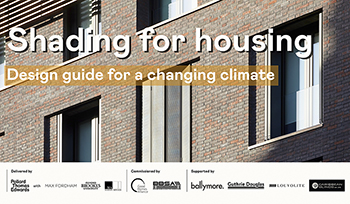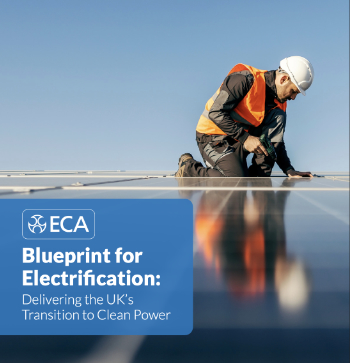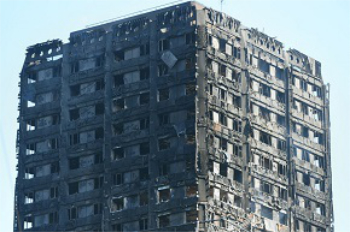Soldering
Contents |
[edit] Introduction
Soldering is a method of permanently joining or seaming together pieces of metal. It can be used to repair small holes in metal, assemble electronic components, join pipes and so on.
[edit] Three elements of soldering
The soldering process involves three main elements - heat, filler (or solder) and flux.
[edit] Heat
Heat is generally created by a soldering iron or blowtorch. The most common types of soldering irons are electrically powered, although there are some that can be heated in a fire. A propane blowtorch tends to be more effective at heating thick metal quickly. In some instances, a hot air gun can be used for soft soldering projects while a furnace can be used in hard soldering to heat the components until the solder melts.
There are other industrial soldering methods, including:
- Electrical resistance soldering using tungsten or copper electrodes.
- Induction soldering using high frequency alternating current.
- Ultrasonic soldering using ultrasonic vibrations transmitted by a nickel rod through the solder.
[edit] Filler materials
These are special alloys known as solder. Solder is available as rods, wires, strips, sheets or other forms. The type of solder used in the process must have a melting point that is lower than that of the metals being joined.
Soft solder is usually a mixture of lead and tin. Soft solder tends to use heat from a soldering iron or blowtorch. Soft solder is typically used for joining elements such as copper plumbing fittings.
Hard solders generally incorporate brass solders (such as copper-zinc alloys), silver solders, copper solders, nickel-silver solders, solders for light alloys and so on. Hard solder also uses heat from a soldering iron or blowtorch, but it can also use other sources of heat (such as a furnace).
[edit] Flux
Flux creates a chemical barrier to prevent the formation of oxides (which can impede the bonding process). There is liquid flux (referred to as corrosive or active flux) that must be washed away from the surface once the solder hardens and becomes solid. There is also passive flux, which is a paste that cannot be washed away entirely. Therefore, this method is primarily used for purposes (such as electrical connections or copper plumbing joints) where it can do a sufficient job of excluding oxide without requiring it to be dissolved entirely.
Some types of wire solder incorporate flux into their core.
[edit] Combinations of metal, solder and flux
Some of the most commonly found combinations of materials used in the standard soldering process are:
| Types of metal | Types of solder | Types of flux |
| Silver, brass, copper, nickel | Silver solder | borax cone ground up and mixed with water in a borax dish. |
| Gold | Gold solder | borax cone ground up and mixed with water in a borax dish. |
| Cast iron | Brazing solder (see below) | special flux from copper (or cuprous) oxide. |
[edit] Brazing
Brazing is a method of hard soldering that involves a copper-zinc alloy as the filler material and borax as the flux. Brazing requires extremely high temperatures (much higher than those created through soft soldering techniques).
Dip brazing is a technique in which metal is immersed in the molten jointing medium. It is widely used in industrial mass-production processes.
[edit] Related articles on Designing Buildings
Featured articles and news
Editor's broadbrush view on forms of electrical heating in context.
The pace of heating change; BSRIA market intelligence
Electric Dreams, Boiler Realities.
New President of ECA announced
Ruth Devine MBE becomes the 112th President of the Electrical Contractors Association.
New CIAT Professional Standards Competency Framework
Supercedes the 2019 Professional Standards Framework from 1 May 2025.
Difficult Sites: Architecture Against the Odds
Free exhibition at the RIBA Architecture Gallery until 31 May.
PPN 021: Payment Spot Checks in Public Sub-Contracts
Published following consultation and influence from ECA.
Designing Buildings reaches 20,000 articles
We take a look back at some of the stranger contributions.
Lessons learned from other industries.
The Buildings of the Malting Industry. Book review.
Conserving places with climate resilience in mind.
Combating burnout.
The 5 elements of seiri, seiton, seiso, seiketsu and shitsuke.
Shading for housing, a design guide
A look back at embedding a new culture of shading.
The Architectural Technology Awards
The AT Awards 2025 are open for entries!
ECA Blueprint for Electrification
The 'mosaic of interconnected challenges' and how to deliver the UK’s Transition to Clean Power.
Grenfell Tower Principal Contractor Award notice
Tower repair and maintenance contractor announced as demolition contractor.























